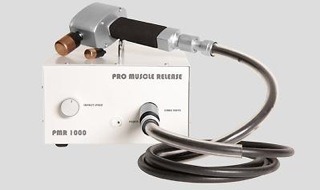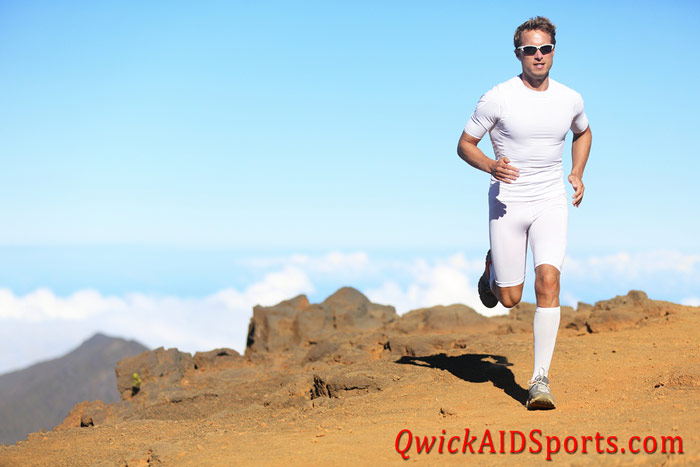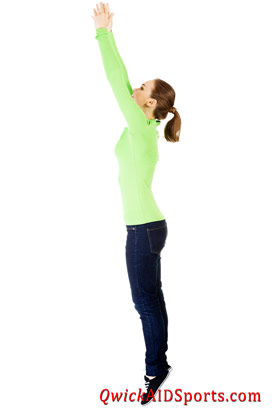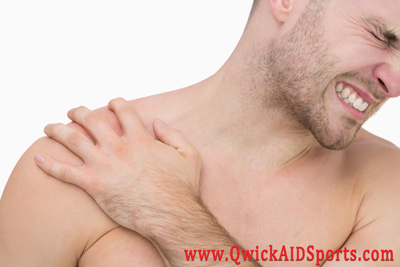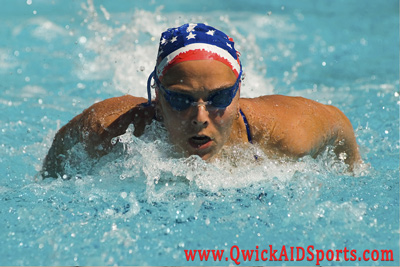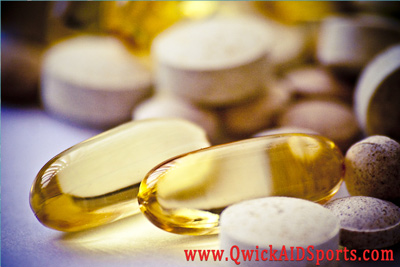New Ligament Discovered in the Knee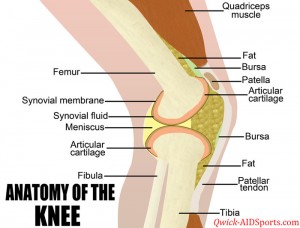
Despite successful ACL repair surgery and rehabilitation, some patients with ACL-repaired knees continue to experience so-called ‘pivot shift’, or episodes where the knee ‘gives way’ during activity.
For the last four years, orthopaedic surgeons Dr. Steven Claes and Professor Dr. Johan Bellemans have been conducting research into serious ACL injuries in an effort to find out why. Their starting point: an 1879 article by a French surgeon that postulated the existence of an additional ligament located on the anterior of the human knee.
That postulation turned out to be correct: the Belgian doctors are the first to provide a full anatomical description of the ligament after a broad cadaver study using macroscopic dissection techniques. Their research shows that the ligament, called the anterolateral ligament (ALL), was noted to be present in all but one of the 41 cadaveric knees studied. Subsequent research shows that pivot shift, the giving way of the knee in patients with an ACL tear, is caused by an injury in the ALL ligament.
?Some of the researchers’ conclusions were recently published in the Journal of Anatomy. The Anatomical Society praised the research as “very refreshing” and commended the researchers for reminding the medical world that, despite the emergence of advanced technology, our knowledge of the basic anatomy of the human body is not yet exhaustive.
?The research questions current medical thinking about serious ACL injuries and could signal a breakthrough in the treatment of patients with serious ACL injuries. Dr. Claes and Professor Bellemans are currently working on a surgical technique to correct ALL injuries. Those results will be ready in several years.
?ACL tears are common among athletes in pivot-heavy sports such as soccer, basketball, skiing and football.



